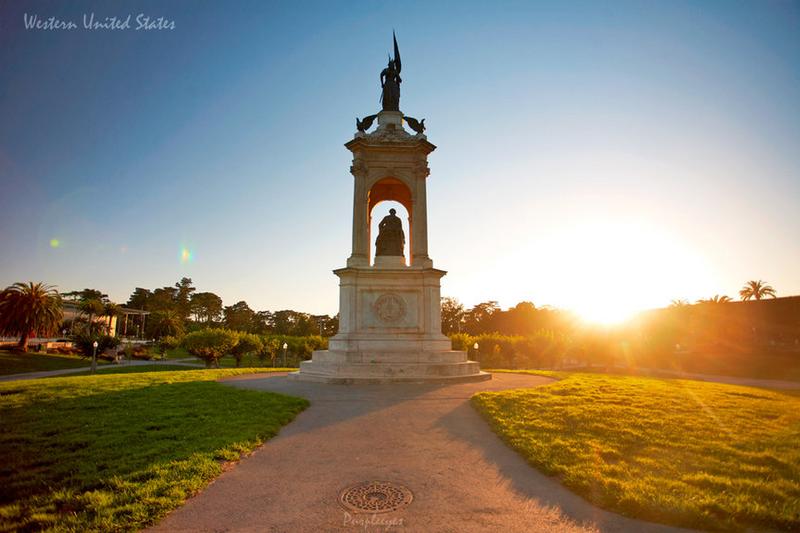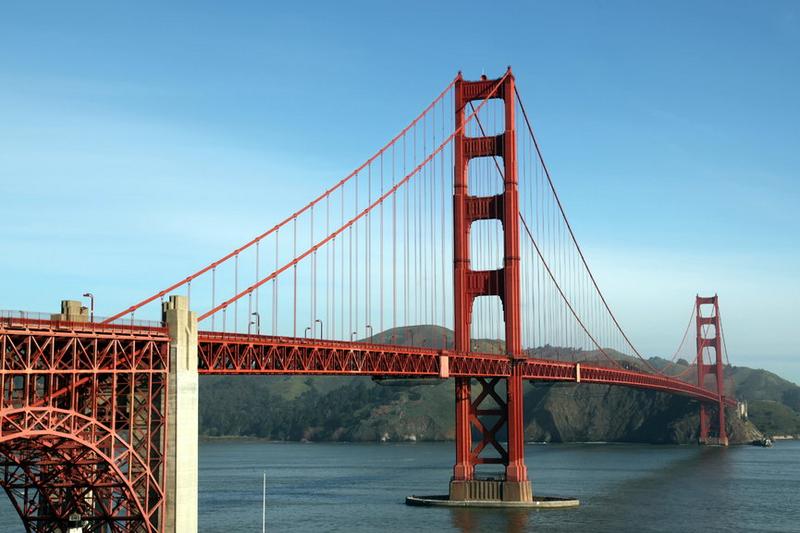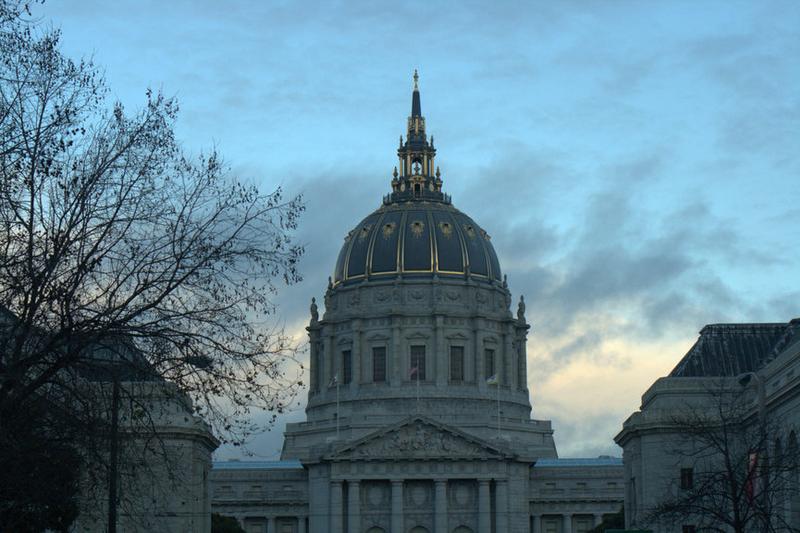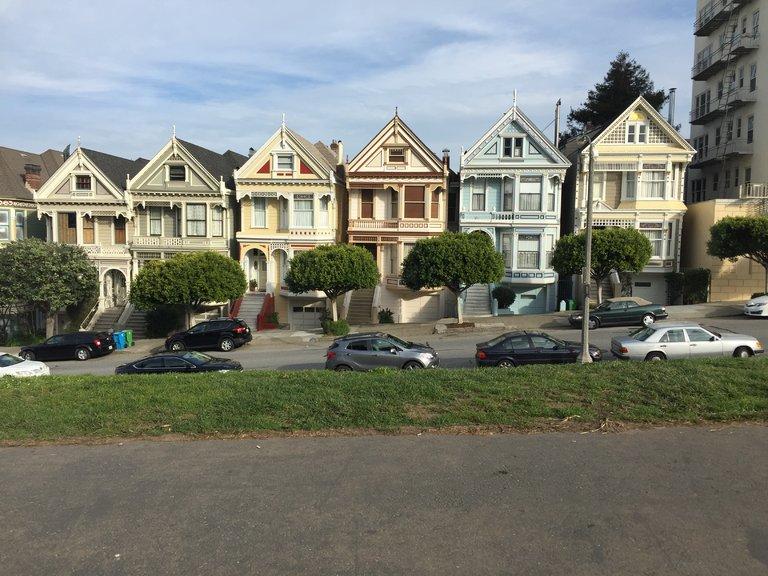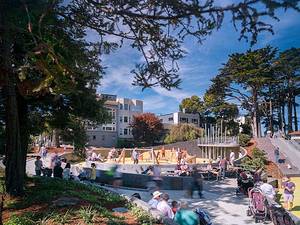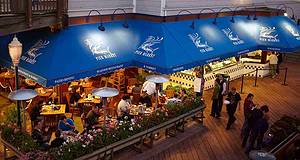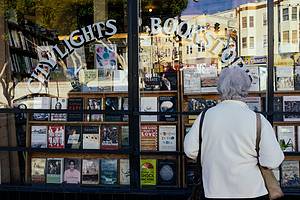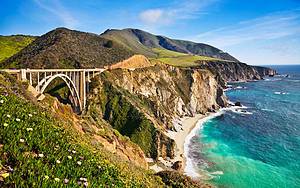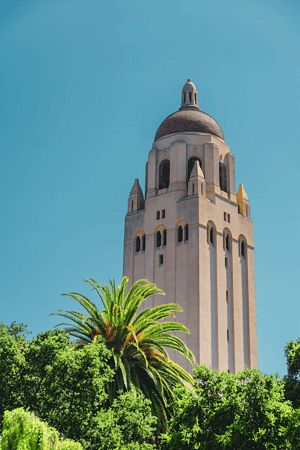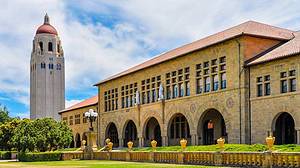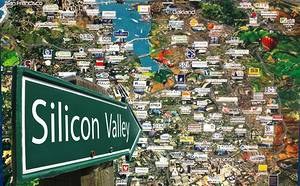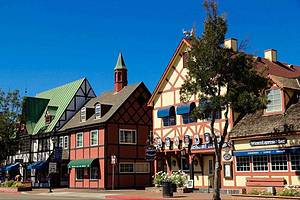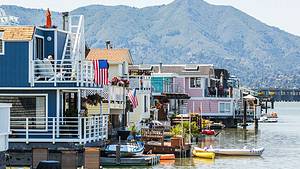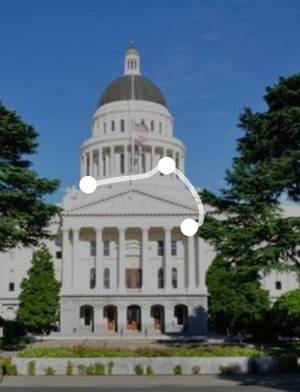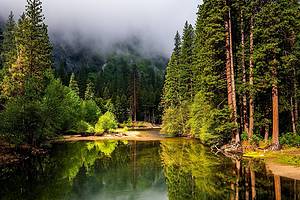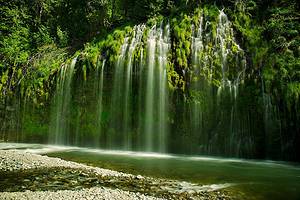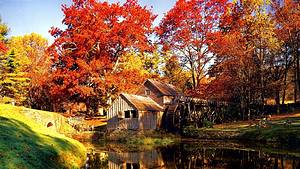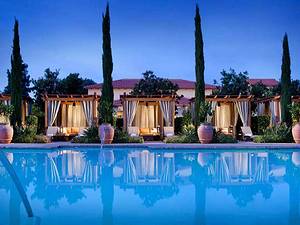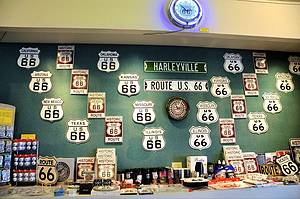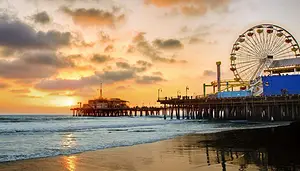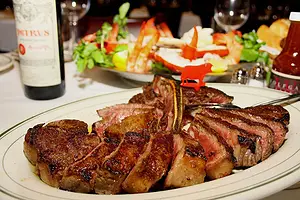3-day Classic Self-driving Tour in San Francisco
1 cities |
11 attraction(s) |
total distance 37
km
 TIPS
TIPS
Day1
Day2
Day3
Day1: San Francisco
5 attraction(s) ·
25 km
1
The Golden Gate Park and Central Park in New York have similar roles and characteristics. They are the lungs of San Francisco and iconic green spaces on the West Coast of the United States. Recommended places to visit in Golden Gate Park include the Japanese Tea Garden, the California Academy of Sciences, and the de Young Museum.
9
km
2
Originally built for the 1915 Panama-Pacific Exposition, the current appearance of the building, resembling ancient Roman ruins, was redesigned and reconstructed by the renowned architect Bernard Maybeck in 1962, showcasing a magnificent aesthetic.
5
km
3
The name of Fisherman's Wharf is well-known, from Ghirardelli Square all the way to Pier 35. Among them, Pier 39 is the most lively, with various unique shops and restaurants. Visitors can also watch sea lions and enjoy views of the Golden Gate Bridge, Bay Bridge, and Alcatraz Island.
1
km
4
Musee Mecanique
At the Pier 45 Fisherman's Wharf, more than 200 privately owned antique mechanical arcade games attract visitors to the big party. It's like a free museum and an open amusement park. Although the maintenance cost of the arcade games is huge, visitors only need to insert coins to play. There is also a coin exchange machine in the museum to help visitors easily obtain coins, and the price of playing games is also very affordable.
12
km
5
The Golden Gate Bridge is a landmark architecture in San Francisco and a miracle of modern bridge engineering. The bridge is approximately 2,737.4 meters long, 27.5 meters wide, and 227.4 meters high, spanning the Golden Gate Strait and connecting San Francisco with Marin County to the north. It took 4 years to complete the bridge, with a cost of $35.5 million. The bridge's bright international orange color stands out, and it can be seen clearly even in heavy fog.
Day2: San Francisco
5 attraction(s) ·
12 km
1
The most impressive building in the city center is undoubtedly the City Hall, which was built in 1915 modeled after the Washington Capitol. Designed by the renowned architect Arthur Brown Jr., the City Hall has a majestic and solemn atmosphere that makes visitors want to take photos as a memento. Its grand Baroque-style dome, inspired by the White Tidal Hall in the Vatican, is even taller than the US Capitol in Washington D.C. On the right side of Market Street, near the entrance, there is a fable storyinspired sculpture that brings to mind the golden wild oat grass.
The City Hall was designed by John Bakewell Jr. and Arthur Brown Jr. in 1915, in the popular architectural style of the time, the Beaux-Arts. The Baroque-style dome, modeled after St. Peter's Basilica in Rome, is a grand, classical, and symmetrical masterpiece. The sculptures on the pediment above the entrance, "California's Wealth," "Trade," and "Navigation," by a French artist, reflect the grand concepts. The City Hall also serves as the political heart of San Francisco, a grand stage for politicians.
3
km
2
The Union Square is the busiest area and transportation hub in San Francisco, featuring the Dewey Monument as a symbol, with hotels, theaters, and specialty stores scattered around the nearby blocks.
3
km
3
The Saint Mary's Church, located in the heart of downtown San Francisco, sits atop a gentle slope. Its towering bell tower and the surrounding high-rise buildings form a magnificent contrast amidst the bustling cityscape, showcasing its grandeur and awe-inspiring religious architecture. Designed by renowned Chinese architect Burrell Ming, it perfectly blends modernity with tradition.
3
km
4
It is called Lombard Street, known as the "Crookedest Street in the World". It has eight sharp turns in a short stretch lined with beautiful flowers and greenery. It is a must-visit attraction in San Francisco.
4
km
5
These six houses are the only ones that were not affected by an 8-magnitude earthquake in San Francisco, hence they are called the "Painted Ladies". They are often seen on San Francisco's postcards, calendars, magnets, T-shirts, music boxes, keychains, and other souvenirs. They are not only the focal point of tourist attractions in San Francisco but also known as the "Postcard Row". Located next to Alamo Square Park, these Victorian-style Queen Anne houses are lined up one after another from top to bottom.
Day3: San Francisco
1 attraction(s) ·
0 km
1
Napa Valley is a famous wine valley in the United States, known for its grape production. Napa Valley is similar in popularity to Moutai in Guizhou and Xinghuacun in Shanxi, China. Napa is located about 50 miles north of San Francisco, California, and the valley is comprised of several towns, with Napa as the main one. The Napa Valley is a hilly region with both plains and mountains. The dry and low-rainfall climate creates almost perfect conditions for grape growth. There are many varieties of grapes grown in Napa Valley for winemaking. The grapes used for red wine are generally grown in sunny flatland, while those used for white wine grow on shaded slopes. The production methods for red and white wines vary, with the red wine's purple color coming from the grape skins and the tannins in the grape seeds giving the wine its astringent taste.
